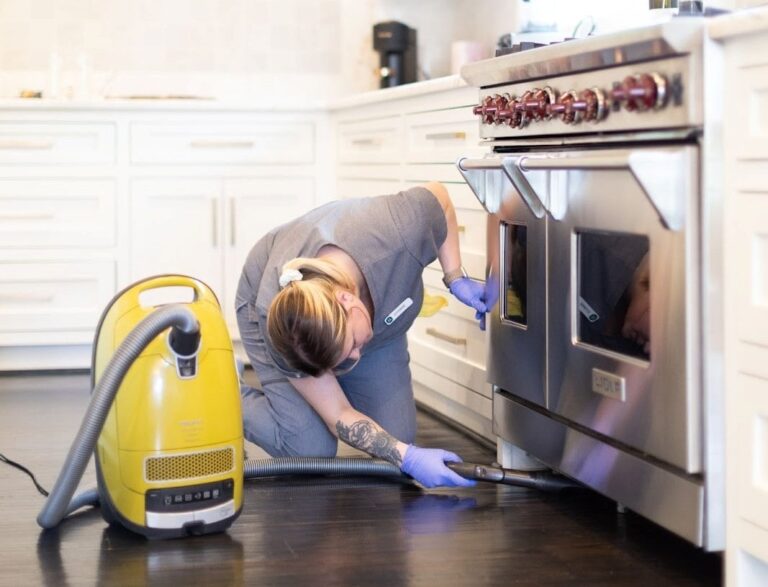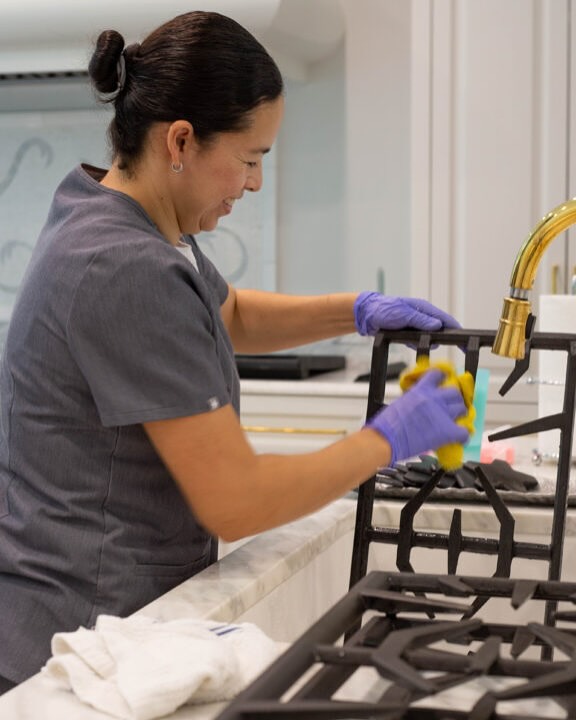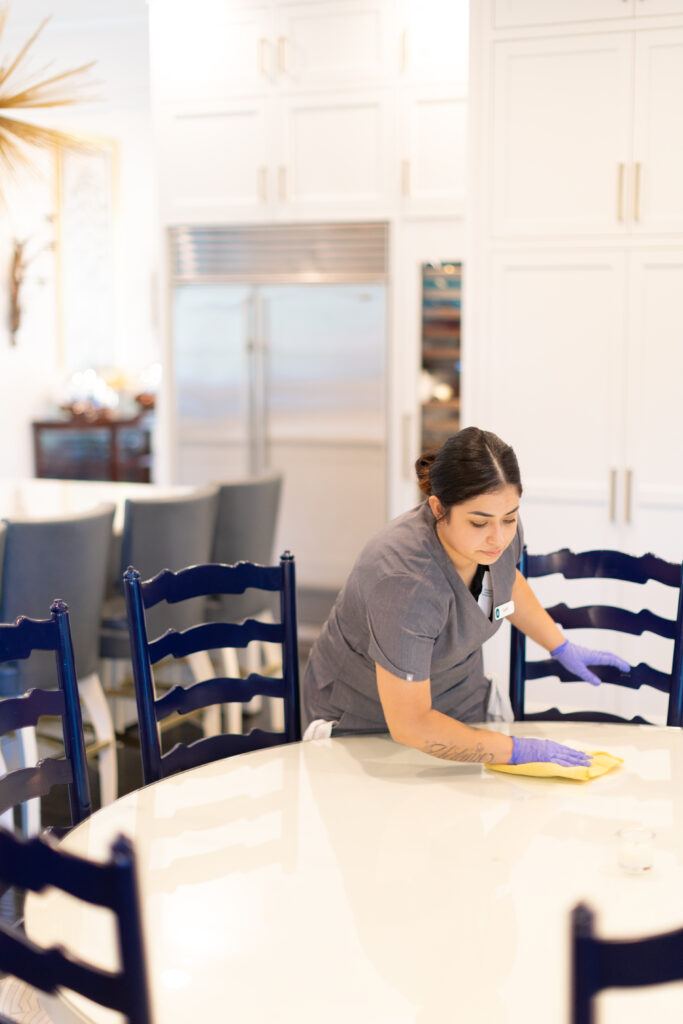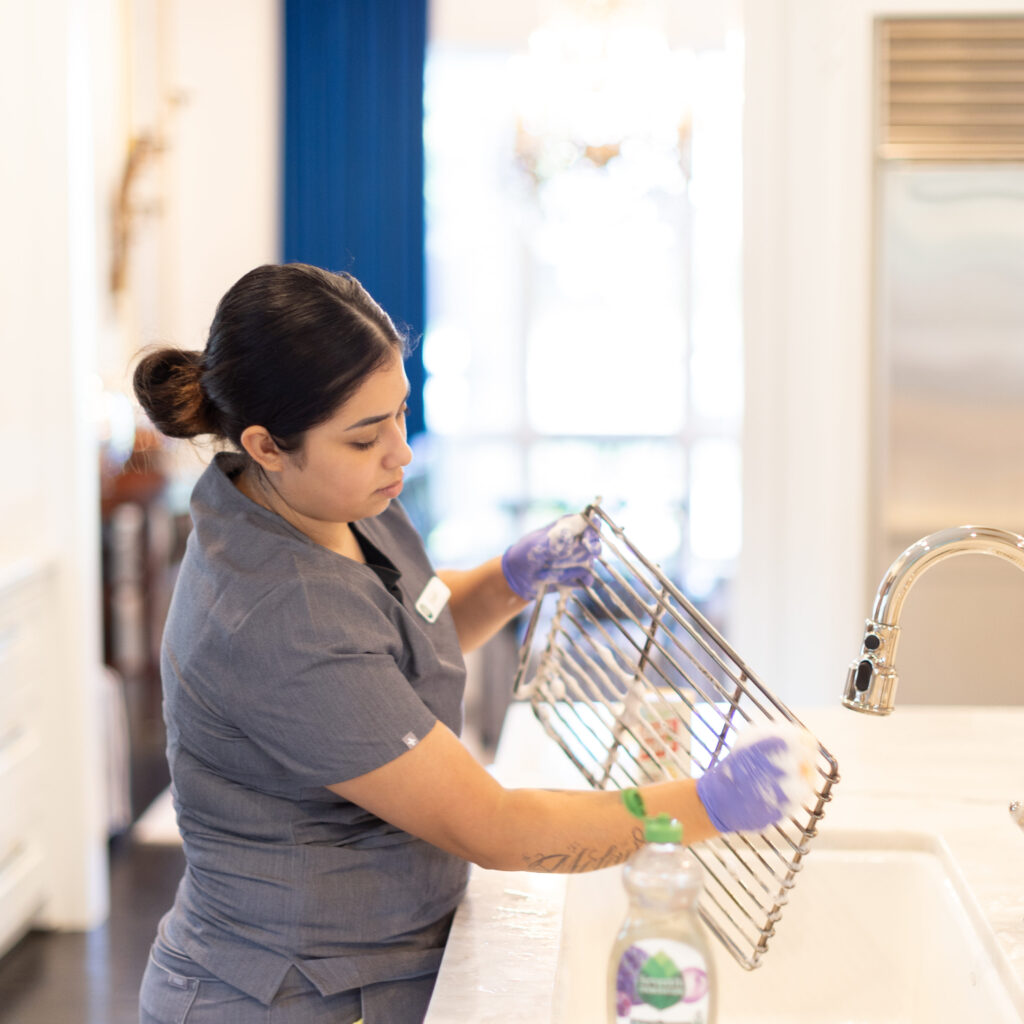If you are new to booking cleaning services, the most asked question is, “Do cleaners bring their own supplies? Or should we provide it to them ourselves?” The answer can be surprisingly complicated. But we make it easy for you. At Vella, we provide our team with the best of cleaning products that are non-toxic but highly efficient.
We will help make your house shine, without you having to hassle over it. This blog breaks down what to expect, which supplies are usually included, and how Vella handles it so you’re never left guessing.
Why Supplies Matter in Home Cleaning
The difference between mediocre cleaning services and professional cleaning services often lies in one simple thing: the quality of the products used. The right products make all the difference.
Good quality cleaners mean healthier surfaces and a home that stays fresh longer. Using eco-friendly supplies also protects children and prevents harm to the environment. That’s why we stick to non-toxic, eco-conscious options whenever possible.
Our deep cleaning services highlight this commitment; we use non-toxic products like Branch Basics to give you a cleaner home without the harsh side effects.
What Professional Cleaners Typically Bring

We come prepared with a kit usually containing microfiber cloths, mops, vacuums, and other forms of cleaning products.
Specialty products might include eco-safe glass cleaners like the Sprayway glass cleaner, bathroom disinfectants, or non-toxic dish soaps like the Seventh Generation Dish Soap.
We also carry heavy equipment if required, which includes extension dusters, scrub brushes, and vacuums fitted with HEPA filters for better air quality. Even Scrub Daddy sponges are popular for safe but tough scrubbing on sinks, stovetops, and tubs.
Our cleaners bring what they need, and every product is chosen to be safe and effective.
Pro Tips for a Smooth Cleaning Experience

Even the best of cleaning services can be made even better with just a few preparations. A few small steps can make the visit easier for the cleaner and make the cleaning even better.
- Ask upfront: “Do you bring your own supplies, or should I have some ready?”
- Keep your favorite specialty products handy. Bon Ami is a great option for stovetops.
- Share any allergies or sensitivities that you might have before the first visit.
- Have backups like an extra Scrub Daddy sponge or multi-surface cleaner ready in case you don’t like something.
A little preparation goes a long way toward a stress-free clean, and Vella can help keep your home clean and you free of stress.
Quick FAQ
Q: Do cleaners bring eco-friendly products?
A: Many professional cleaners, including Vella, use safe, eco-conscious supplies.
Q: What if I want them to use my products?
A: Most cleaning services will accommodate requests if discussed in advance.
Q: Do I need to provide a vacuum?
A: Typically, no, but smaller or budget home cleaning companies may require you to.
Deep Clean With Vella
Supplies shouldn’t be a stress point. The key is knowing what’s standard and communicating your preferences upfront. With Vella, you get the best of both worlds: fully stocked, eco-friendly cleaning services that are also flexible if you’d rather use your own.
Ready for a spotless home with zero supply worries? Explore Vella’s Cleaning Services today.

